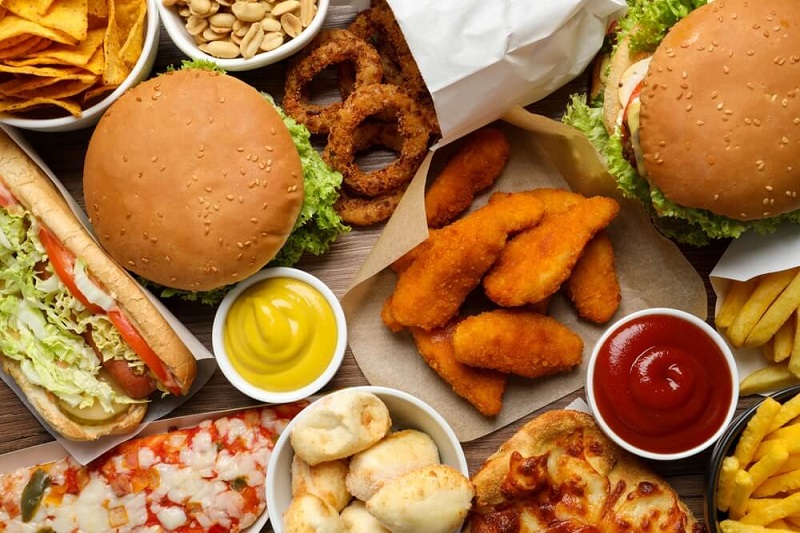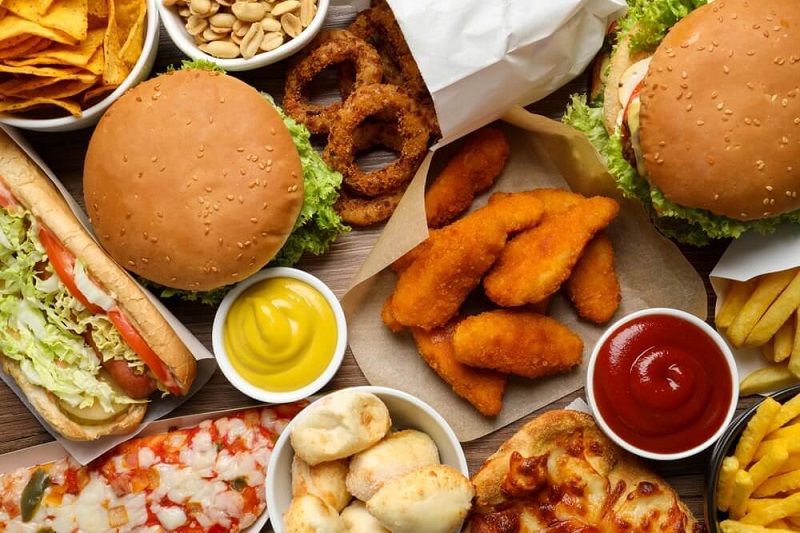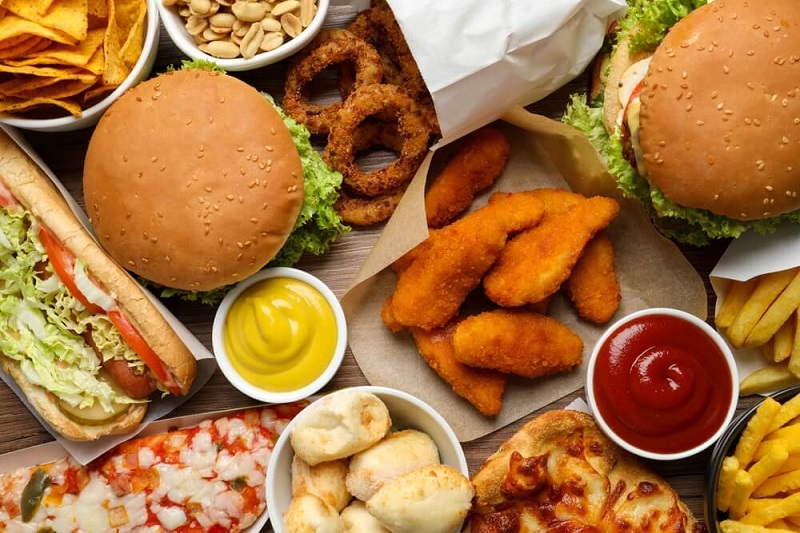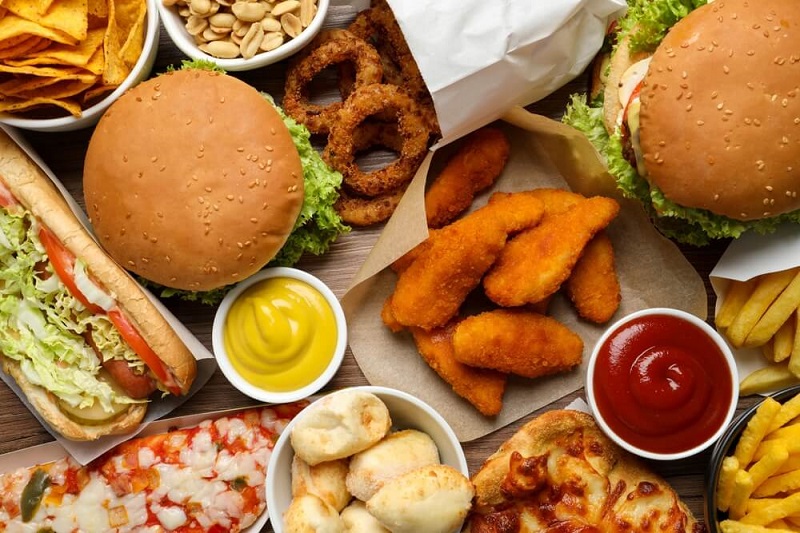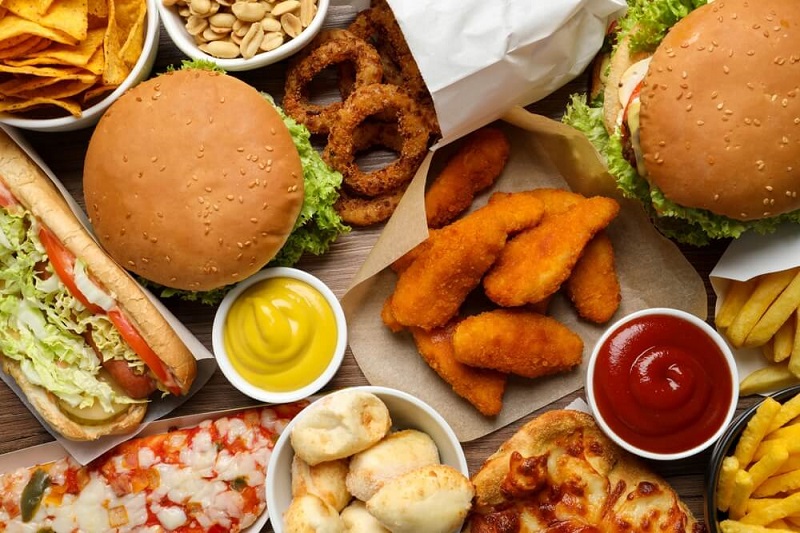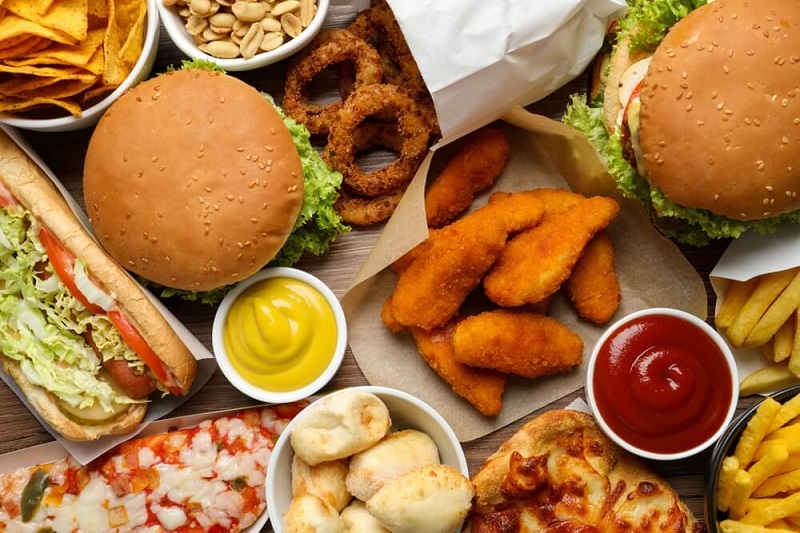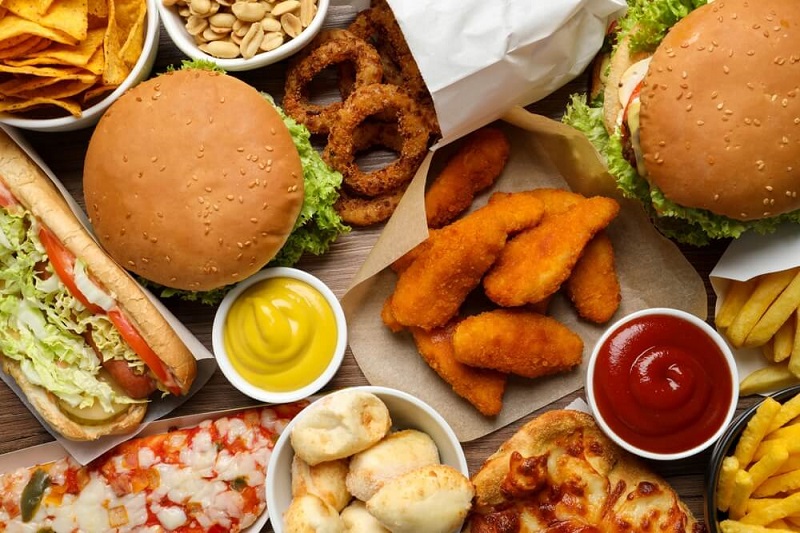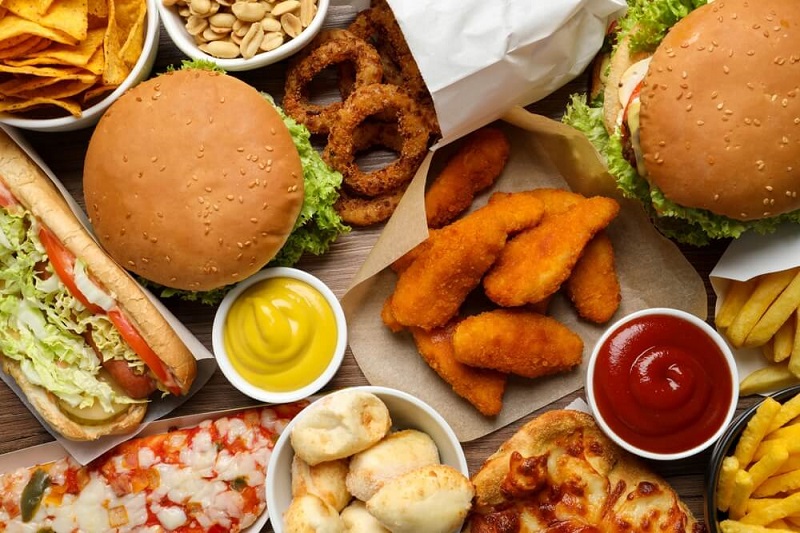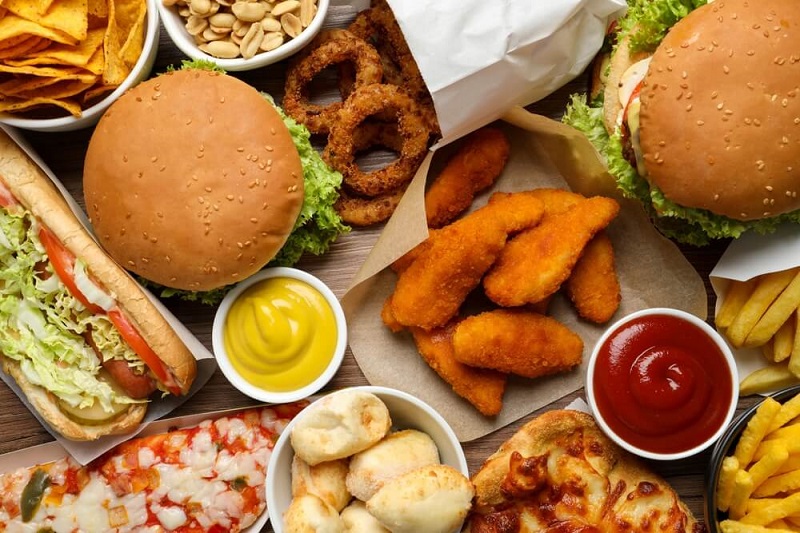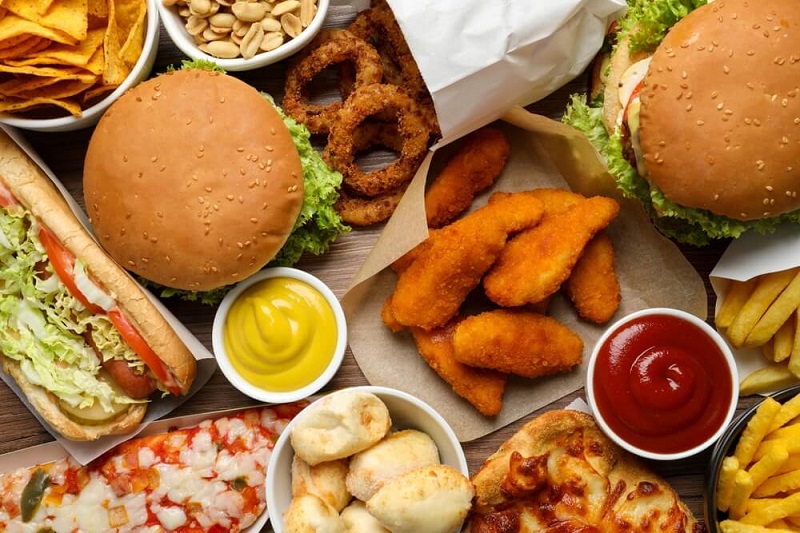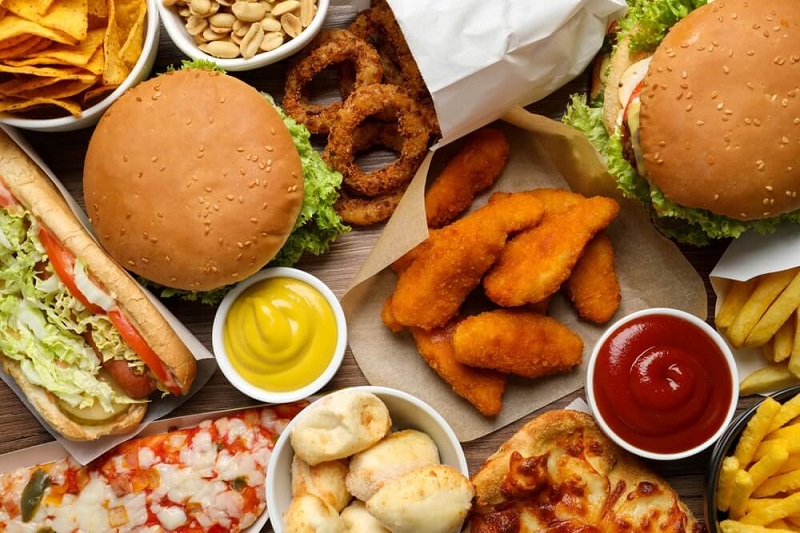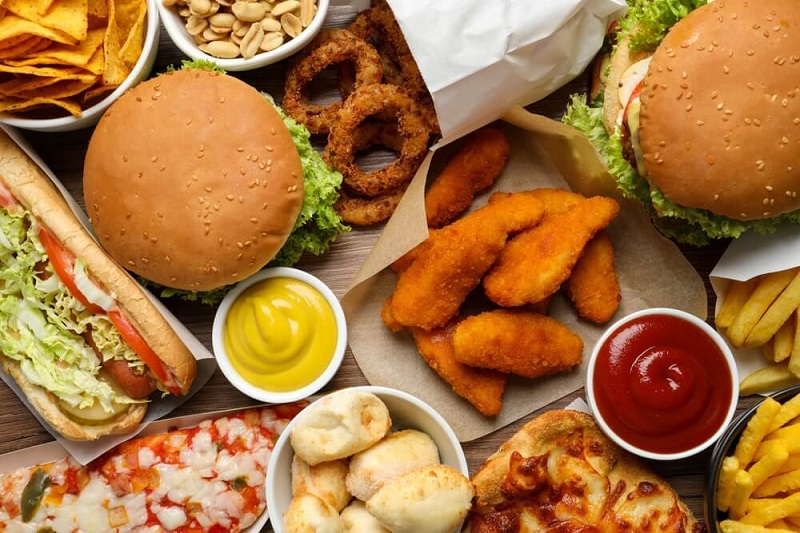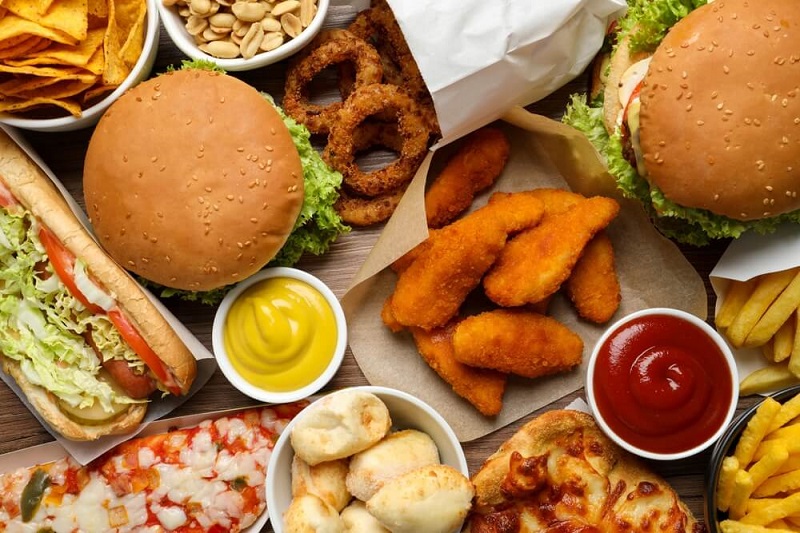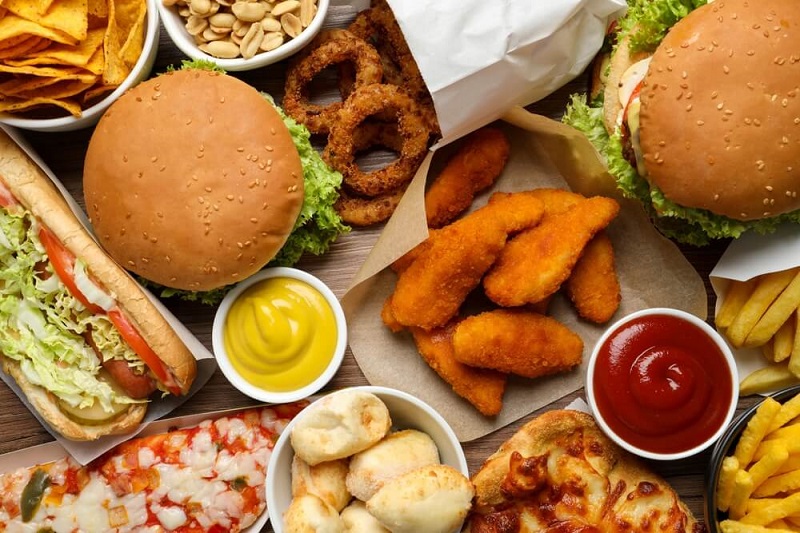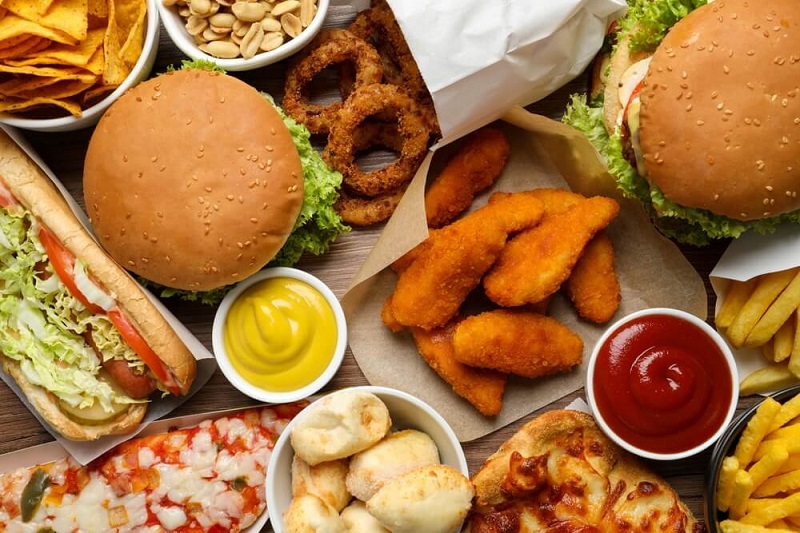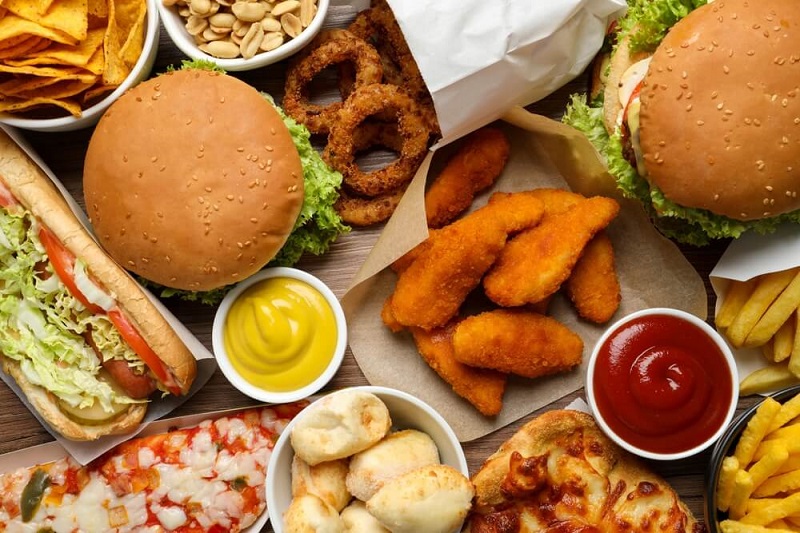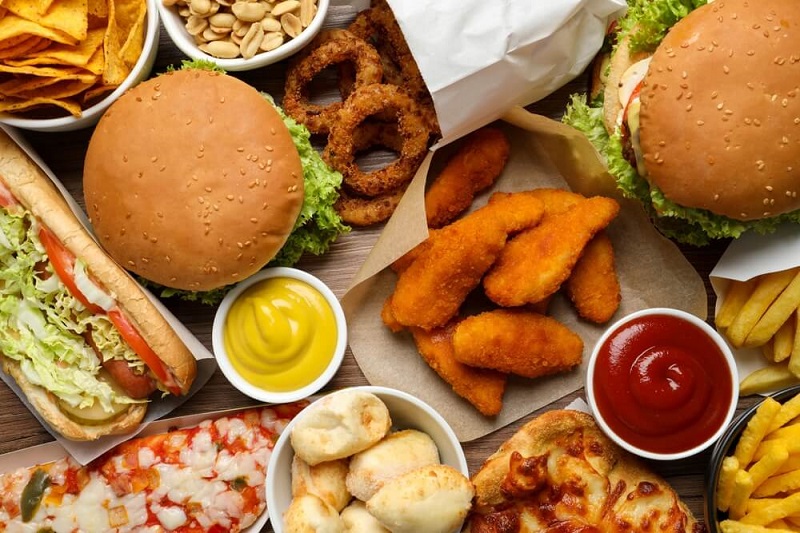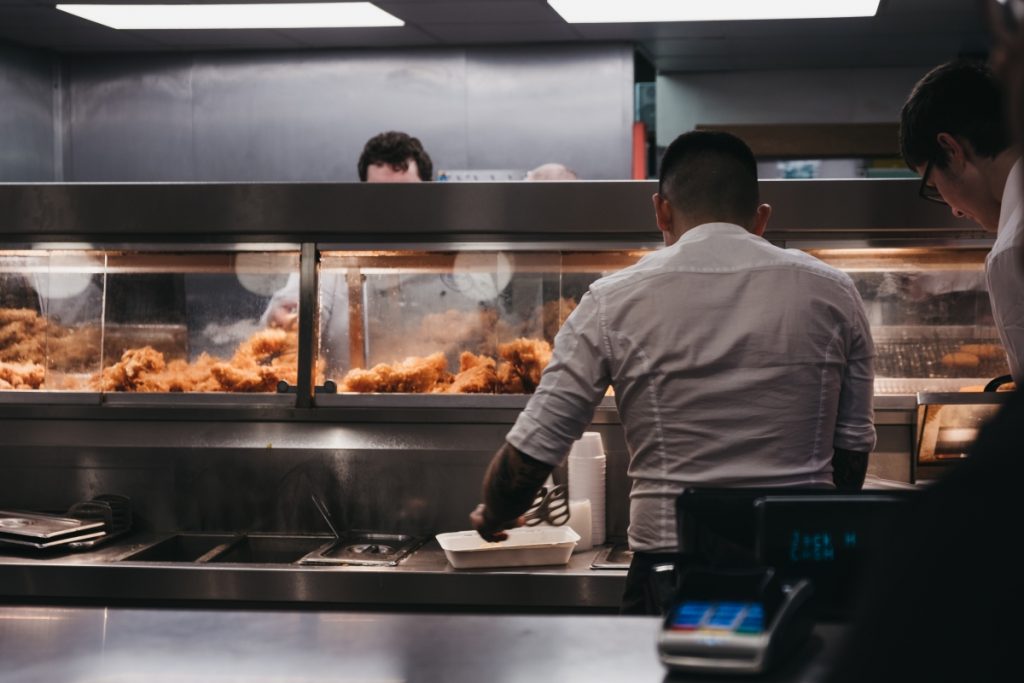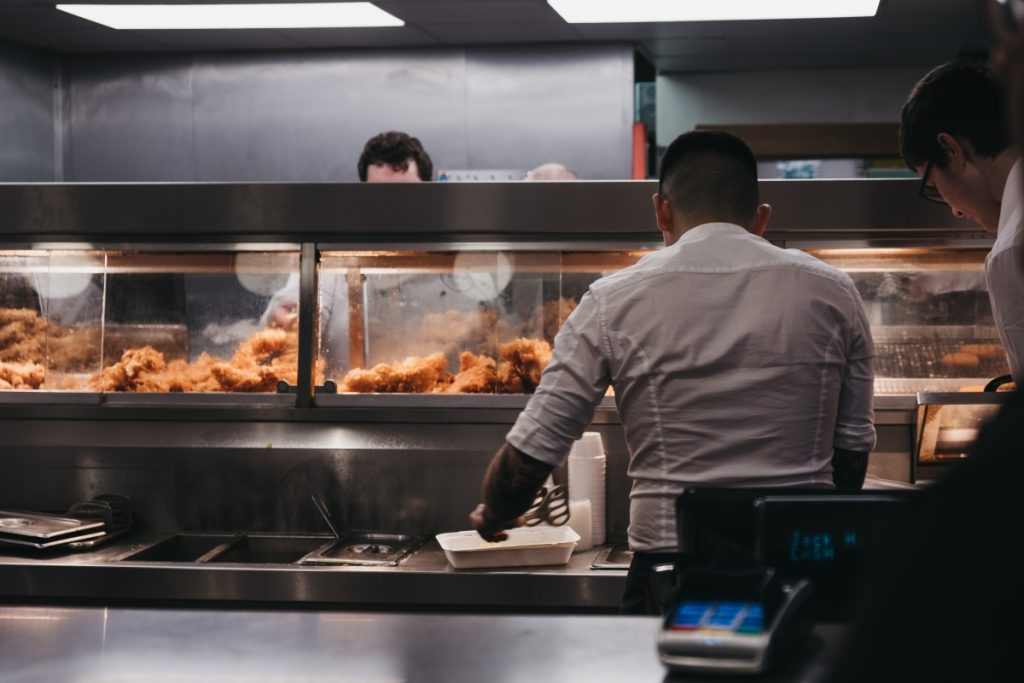Fast Food Drive-Thru Insurance: Vehicle & Property Damage Protection
Drive-thru services have become the backbone of the fast food industry, with many establishments generating 60-70% of their revenue through these convenient service channels. However, the unique operational environment of drive-thru facilities presents distinct risks that require specialized insurance coverage. From vehicle collisions with property structures to equipment damage from customer accidents, drive-thru operations face exposure to significant financial losses that standard commercial insurance may not adequately address.
Understanding the specific insurance needs of drive-thru operations is crucial for fast food business owners who want to protect their investment, maintain operational continuity, and safeguard against potentially devastating liability claims. This comprehensive guide explores the essential insurance coverage required for drive-thru vehicle and property damage protection, helping business owners make informed decisions about their risk management strategies.
Understanding Drive-Thru Specific Risks
Vehicle-Related Property Damage
Drive-thru operations create a unique environment where vehicles regularly navigate tight spaces, often in close proximity to expensive equipment and structural elements. Common vehicle-related incidents include:
Collision with Drive-Thru Structures: Vehicles frequently collide with menu boards, canopies, support pillars, and ordering stations. These incidents can result in thousands of pounds in damage to both the property and the customer's vehicle, creating potential liability issues and operational disruptions.
Equipment Damage from Vehicle Impact: Drive-thru equipment, including ordering systems, payment terminals, and food service windows, are vulnerable to vehicle strikes. Modern digital menu boards and sophisticated ordering technology can cost tens of thousands of pounds to replace, making adequate coverage essential.
Structural Damage to Buildings: Vehicles may collide with the building itself, particularly around drive-thru windows, causing damage to walls, windows, and architectural features. Such incidents can require extensive repairs and may force temporary closure of the drive-thru service.
Customer Vehicle Damage on Premises
Fast food establishments face liability exposure when customer vehicles are damaged while on the property:
Parking Lot Incidents: Customers may experience vehicle damage from potholes, inadequate lighting, or poorly maintained surfaces in drive-thru lanes and parking areas.
Falling Objects: Items such as menu board components, signage, or debris from the building can fall onto customer vehicles, creating liability claims.
Third-Party Vehicle Damage: Accidents between customers in drive-thru lanes or parking areas can result in claims against the business, particularly if property maintenance issues contributed to the incident.
Essential Insurance Coverage Types
Commercial Property Insurance for Drive-Thru Assets
Building Coverage: This protects the physical structure of your drive-thru facility, including walls, windows, canopies, and architectural features. Coverage should include both the main building and drive-thru specific structures such as menu board housings and service window extensions.
Equipment Coverage: Specialized coverage for drive-thru equipment including:
- Digital menu boards and display systems
- Ordering and communication equipment
- Payment processing terminals
- Food service equipment accessible from drive-thru windows
- Security cameras and monitoring systems
Business Personal Property: Coverage for furniture, fixtures, and equipment that may be damaged in vehicle-related incidents, including interior items visible from or accessible through drive-thru windows.
Commercial General Liability Insurance
Premises Liability: Protection against claims arising from customer injuries or property damage occurring on your premises, including drive-thru areas. This coverage is essential when customers claim their vehicles were damaged due to property maintenance issues.
Products Liability: Coverage for incidents where food products cause vehicle damage, such as hot beverages spilling and damaging vehicle interiors during drive-thru service.
Completed Operations Coverage: Protection for claims arising from your drive-thru service operations, including incidents that occur after the customer has left the premises but are related to the service provided.
Commercial Auto Liability
While primarily covering business-owned vehicles, this coverage may extend to incidents involving customer vehicles interacting with your delivery or service vehicles in drive-thru areas.
Cyber Liability Insurance
Modern drive-thru operations rely heavily on digital systems for ordering, payment processing, and customer data management. Cyber liability insurance protects against:
- Data breaches involving customer payment information
- System failures affecting drive-thru operations
- Cyber attacks targeting point-of-sale systems
Specialized Drive-Thru Coverage Considerations
Equipment Breakdown Insurance
Drive-thru operations depend on sophisticated equipment that can be expensive to repair or replace:
Digital Menu Boards: These systems can cost £10,000-£50,000 to replace and are vulnerable to weather damage, electrical issues, and vehicle impacts.
Communication Systems: Two-way communication equipment, speakers, and microphones are essential for drive-thru operations and require specialized coverage.
Payment Processing Equipment: Card readers, contactless payment systems, and cash handling equipment need protection against both technical failures and physical damage.
Business Interruption Insurance
When drive-thru operations are disrupted due to covered property damage, business interruption insurance provides:
Lost Revenue Coverage: Compensation for income lost during repair periods, particularly important given that drive-thru services often represent the majority of fast food revenue.
Extra Expense Coverage: Reimbursement for additional costs incurred to maintain operations during repairs, such as temporary ordering systems or alternative service arrangements.
Extended Business Interruption: Coverage for ongoing revenue losses that may continue even after repairs are completed, accounting for customer pattern disruptions.
Risk Assessment and Prevention Strategies
Physical Risk Management
Traffic Flow Design: Proper lane design and clear signage can reduce vehicle collision risks. Insurance providers often offer premium discounts for well-designed drive-thru layouts that minimize accident potential.
Structural Protection: Installing protective barriers around vulnerable equipment and structures can prevent minor vehicle contacts from becoming major damage claims.
Lighting and Visibility: Adequate lighting in drive-thru areas reduces accident risks and may qualify for insurance discounts while improving customer safety.
Equipment Protection Measures
Weatherproofing: Protecting electronic equipment from weather-related damage through proper housing and drainage systems.
Security Systems: Comprehensive security coverage including cameras, alarms, and access controls to prevent theft and vandalism of drive-thru equipment.
Regular Maintenance: Documented maintenance programs for drive-thru equipment and structures can support insurance claims and may qualify for premium reductions.
Claims Management and Documentation
Incident Response Procedures
Immediate Response Protocol: Establishing clear procedures for handling vehicle-property collision incidents, including customer safety, traffic management, and evidence preservation.
Documentation Requirements: Comprehensive incident documentation including photographs, witness statements, and detailed damage assessments to support insurance claims.
Customer Communication: Professional handling of customer interactions during incidents to minimize liability exposure and maintain business relationships.
Working with Insurance Adjusters
Damage Assessment: Understanding how adjusters evaluate drive-thru property damage and equipment losses to ensure fair claim settlements.
Business Interruption Claims: Properly documenting lost revenue and additional expenses to maximize business interruption claim recoveries.
Repair and Replacement: Working with approved vendors and contractors to ensure quality repairs while managing insurance claim requirements.
Cost Considerations and Premium Factors
Factors Affecting Insurance Premiums
Location Risk: Drive-thru facilities in high-traffic areas or locations with challenging access may face higher premiums due to increased collision risks.
Equipment Value: The cost and sophistication of drive-thru equipment directly impacts insurance premiums, with high-tech installations requiring higher coverage limits.
Claims History: Previous vehicle-related property damage claims will influence premium calculations and coverage availability.
Safety Measures: Implemented risk reduction measures such as protective barriers, improved lighting, and traffic management systems may qualify for premium discounts.
Coverage Limits and Deductibles
Property Coverage Limits: Ensuring adequate limits to cover full replacement costs of drive-thru structures and equipment, accounting for inflation and technology upgrades.
Liability Limits: Sufficient liability coverage to protect against large customer vehicle damage claims and potential injury settlements.
Deductible Selection: Balancing deductible amounts with premium costs, considering the frequency of minor drive-thru incidents.
Industry-Specific Considerations
Franchise vs. Independent Operations
Franchise Requirements: Many franchise agreements specify minimum insurance requirements for drive-thru operations, often exceeding standard commercial coverage.
Brand Protection: Franchise operations may require additional coverage to protect brand reputation and meet corporate risk management standards.
Shared Liability: Understanding how liability is shared between franchisees and franchisors in drive-thru incident claims.
Multi-Location Considerations
Blanket Coverage: Businesses operating multiple drive-thru locations may benefit from blanket coverage approaches that provide flexibility and cost efficiency.
Location-Specific Risks: Tailoring coverage to address unique risks at different locations, such as varying traffic patterns and local weather conditions.
Centralized Claims Management: Implementing consistent claims handling procedures across multiple locations to optimize insurance outcomes.
Regulatory and Compliance Considerations
Local Building and Safety Codes
Compliance Requirements: Ensuring drive-thru facilities meet local building codes and safety requirements, which can impact insurance coverage and claims.
Accessibility Standards: Meeting disability access requirements for drive-thru facilities and understanding related insurance implications.
Environmental Regulations: Compliance with environmental regulations affecting drive-thru operations and related insurance coverage needs.
Health and Safety Regulations
Food Safety Standards: Maintaining compliance with food safety regulations in drive-thru operations and understanding related insurance coverage.
Employee Safety: Ensuring drive-thru employee safety protocols are in place and properly covered by insurance policies.
Customer Safety: Implementing customer safety measures in drive-thru areas and ensuring adequate liability coverage.
Future Trends and Emerging Risks
Technology Integration
Automated Ordering Systems: As drive-thru operations become more automated, insurance coverage must evolve to address new technology risks and equipment values.
Mobile Payment Integration: Increasing reliance on mobile payment systems creates new cyber liability exposures that require specialized coverage.
Artificial Intelligence: AI-powered drive-thru systems introduce new operational risks and insurance considerations.
Changing Consumer Expectations
Service Speed Requirements: Pressure to reduce service times may increase operational risks and insurance claim frequency.
Contactless Service: Post-pandemic preferences for contactless service create new operational models with different risk profiles.
24/7 Operations: Extended operating hours increase exposure to vehicle-related incidents and property damage risks.
Conclusion
Drive-thru insurance for vehicle and property damage protection represents a critical component of comprehensive risk management for fast food operations. The unique environment of drive-thru facilities, with vehicles regularly navigating close to expensive equipment and structures, creates specific insurance needs that require specialized coverage and expert risk management.
Successful drive-thru insurance programs combine adequate property coverage for buildings and equipment with comprehensive liability protection for customer vehicle damage claims. Business interruption coverage ensures operational continuity when covered incidents disrupt drive-thru services, while specialized equipment coverage protects the sophisticated technology that modern drive-thru operations depend upon.
Working with experienced insurance professionals who understand the fast food industry and drive-thru operations is essential for developing appropriate coverage programs. Regular risk assessments, proper documentation procedures, and proactive risk management strategies can help minimize claims frequency while ensuring adequate protection when incidents do occur.
The investment in comprehensive drive-thru insurance coverage pays dividends through reduced financial exposure, operational continuity, and peace of mind for business owners. As drive-thru operations continue to evolve with new technology and changing consumer expectations, insurance coverage must adapt to address emerging risks while maintaining protection for traditional exposures.
For fast food business owners, the question isn't whether drive-thru insurance is necessary, but rather how to structure coverage programs that provide optimal protection at reasonable cost. By understanding the specific risks, coverage options, and risk management strategies outlined in this guide, business owners can make informed decisions that protect their drive-thru operations and support long-term business success.


 0330 127 2333
0330 127 2333
